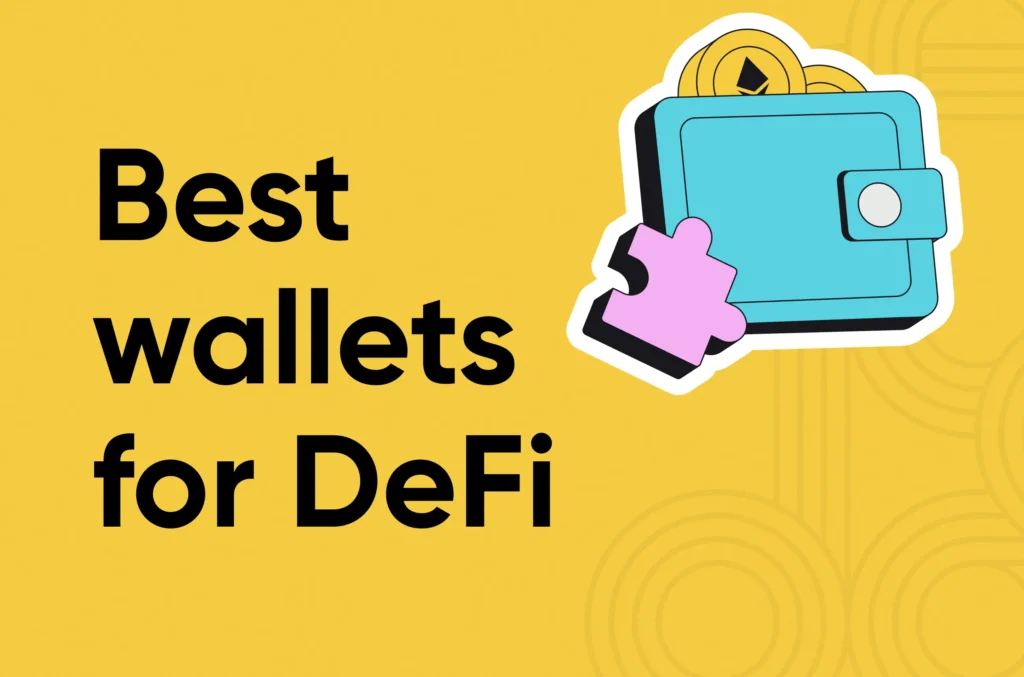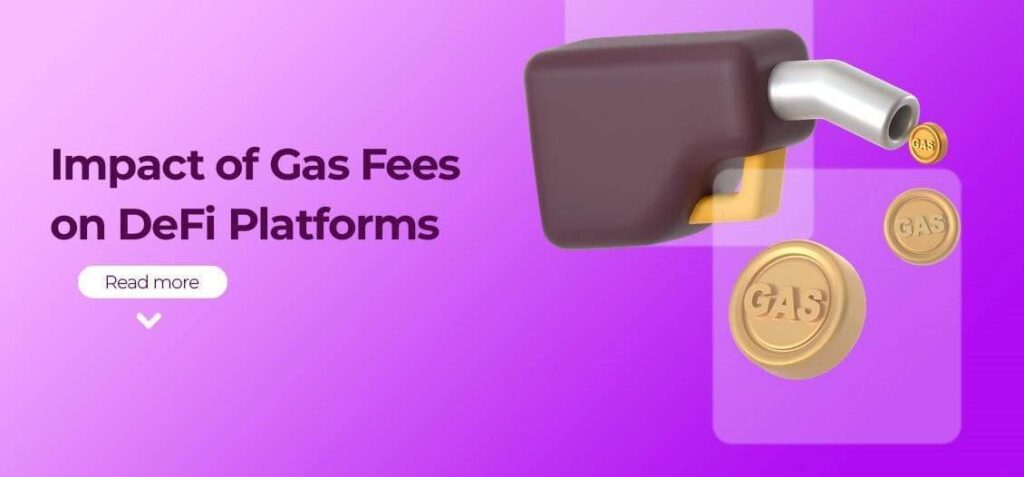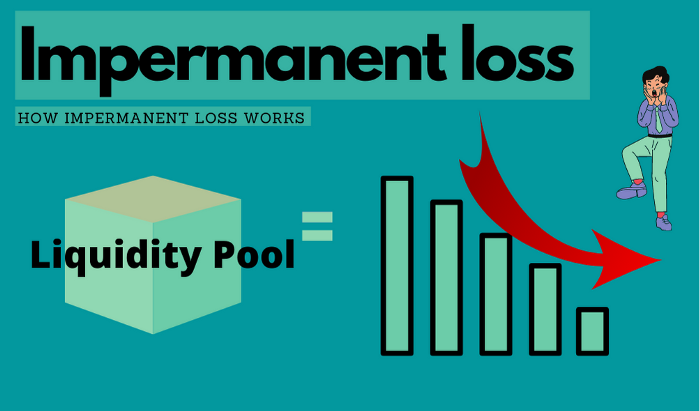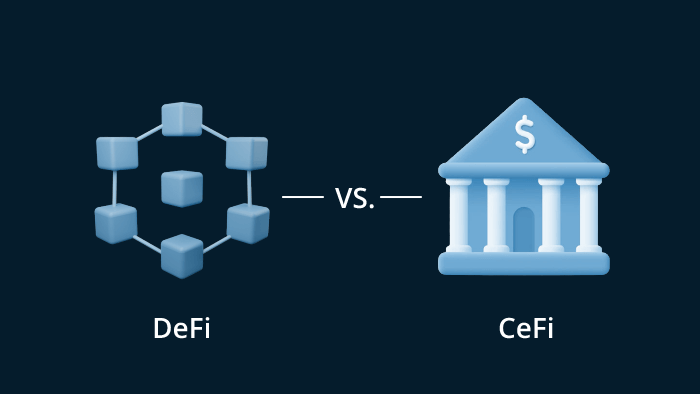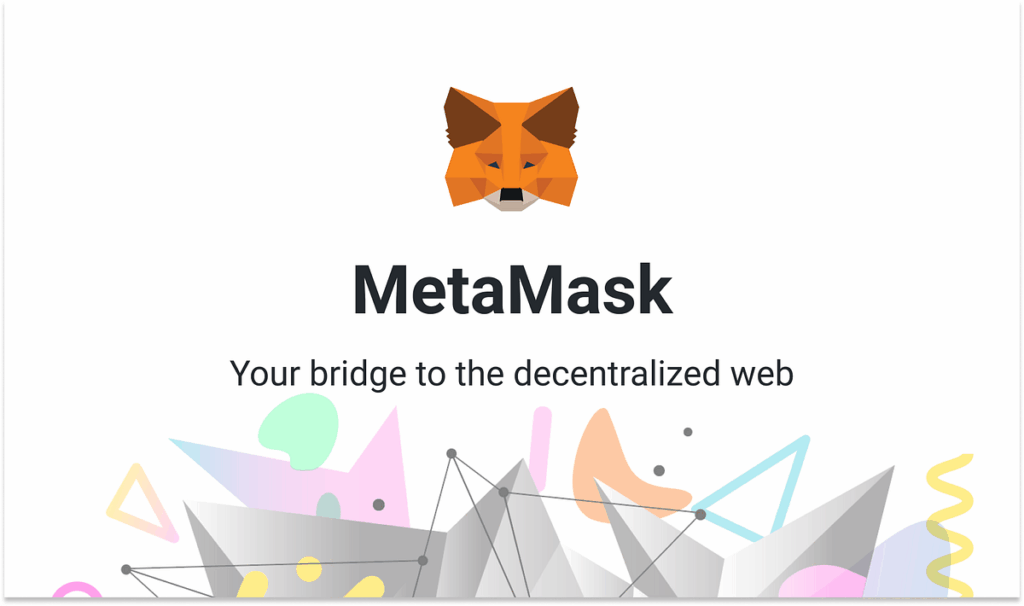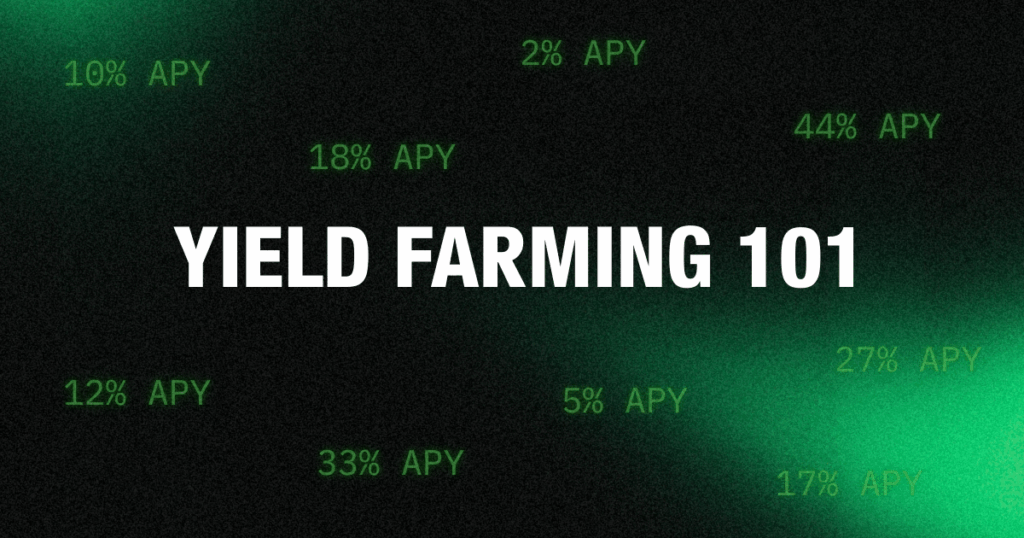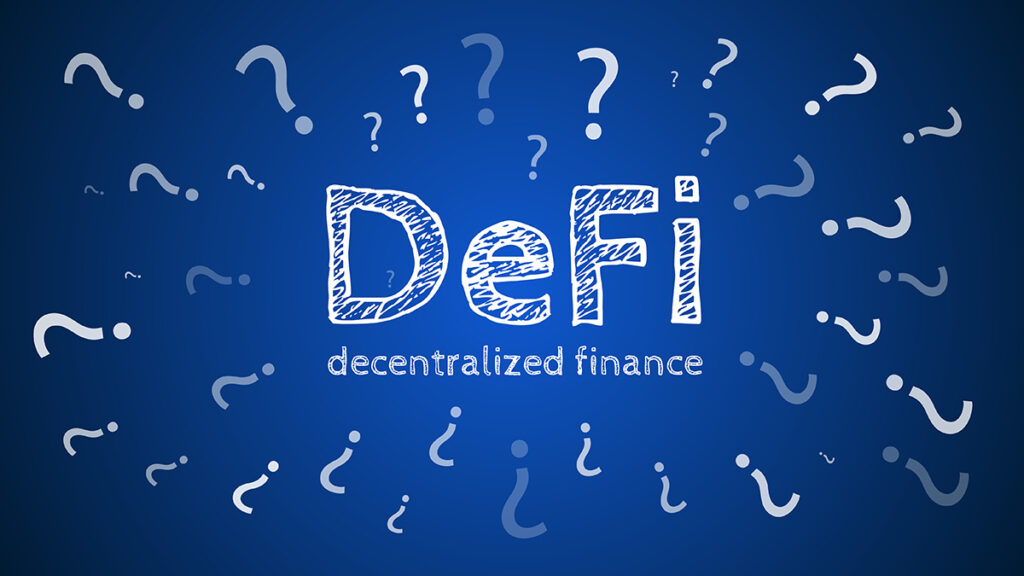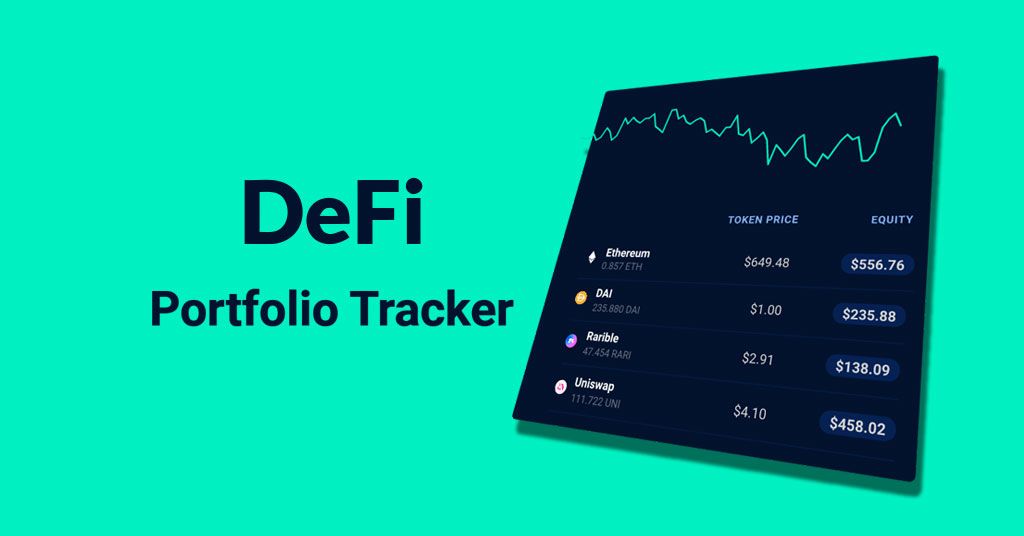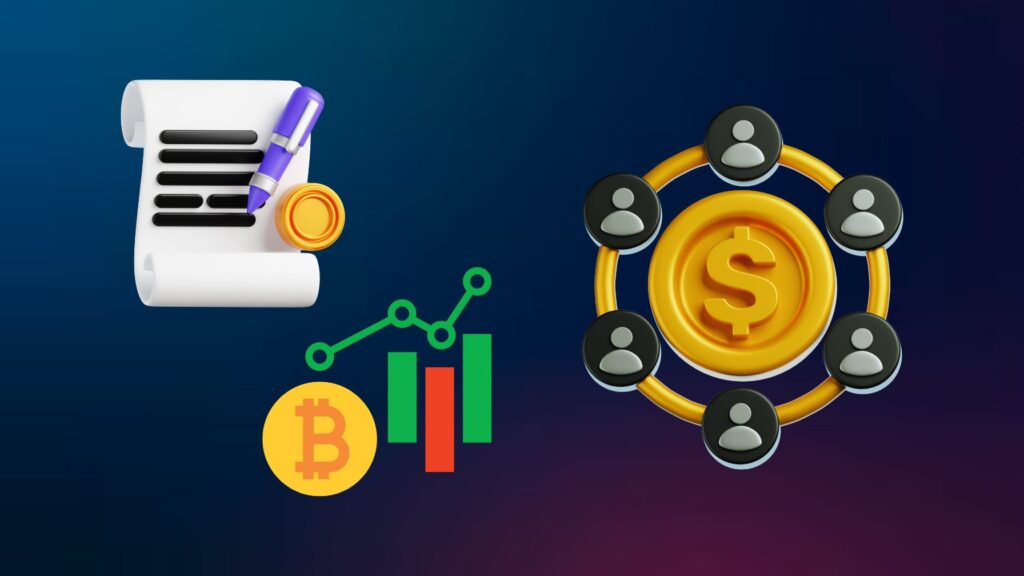Yield Farming 101: What, Why, and How?
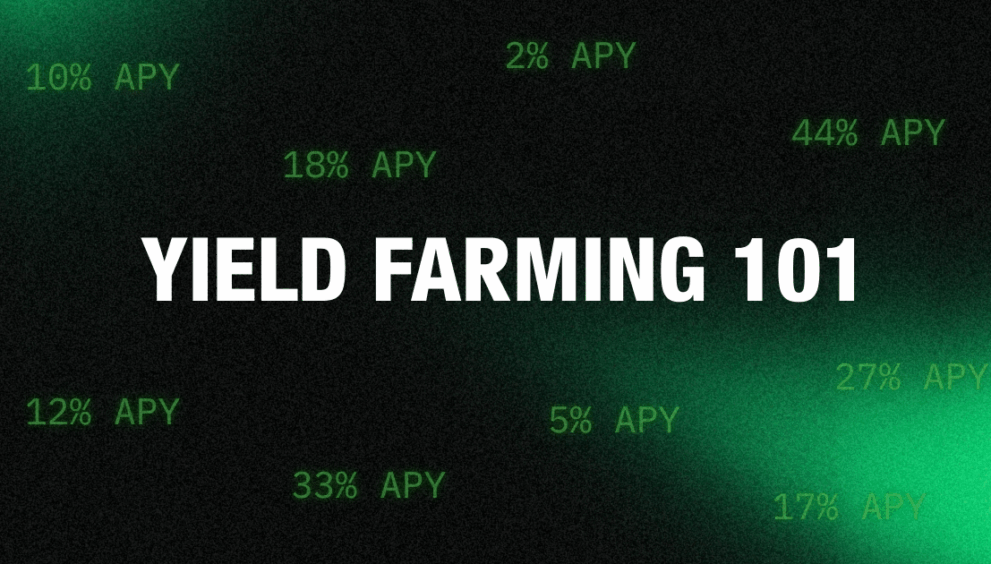
Let’s be honest – if you’ve spent more than five minutes poking around in the crypto world, you’ve probably heard the term yield farming. And maybe you’ve smiled and nodded like, “Ah yes, of course, yield farming. Totally know what that is.” But deep down? You might’ve been thinking, What the heck are we farming?
Totally normal.
The name’s a bit misleading. There are no actual crops involved (unless someone tokenizes corn next). But once you get the gist, yield farming starts to make a lot more sense. And hey, it can even be kinda fun – if earning passive income while doing basically nothing is your idea of fun, that is.
So, let’s break it down.
What Is Yield Farming?
In plain English, yield farming is a way to earn rewards – usually in the form of more crypto – by lending or staking your existing tokens. Think of it as putting your money to work in DeFi (decentralized finance) instead of just letting it sit in your wallet collecting virtual dust.
Here’s a quick analogy. Imagine you’ve got some extra apples. Instead of eating them all or letting them rot, you lend them to your neighbor. In return, they give you a couple more apples every week. That’s kind of the idea here – except, instead of apples, we’re talking about tokens like ETH, USDC, or something with a name like Sushiswap BananaCoin (yes, stuff like that actually exists).
You’re essentially providing liquidity, aka helping the crypto system stay afloat and functional, and getting rewarded for it.
Simple in theory. In practice? It can get weirdly complex.
Why Do People Do It?
Two words: passive income.
Okay fine, that’s oversimplified. But yeah, the main draw is earning extra tokens without actively trading. Some people see it as earning interest from a savings account. Except the interest can be a lot higher. (Like… way higher. Double-digit APRs aren’t uncommon.)
Of course, high rewards usually mean high risk. We’ll get to that in a sec.
There’s also a bit of a “degenerate” culture around yield farming – people chasing the hottest pools and jumping from protocol to protocol to squeeze every bit of yield they can. It’s a bit like hopping between bars during happy hour, grabbing free drinks and moving on. Fun? Yeah. Sustainable? Not always.
But for most folks dipping their toes in, it’s more about parking some tokens somewhere they can earn something back – rather than just holding and hoping prices go up.
How Does It Work?
Alright. Here’s where things start getting spicy.
At its core, yield farming usually involves something called a liquidity pool. These pools live on decentralized exchanges (DEXs) like Uniswap, Curve, or PancakeSwap. When you deposit your tokens into one of these pools, you’re helping other users make swaps. In return, you get a cut of the fees. Plus sometimes extra rewards in the form of the platform’s native token.
So let’s say you add liquidity to a USDC/ETH pool on Uniswap. You’ll deposit equal amounts of both tokens. In return, you get LP (Liquidity Provider) tokens. These are kinda like receipts that prove you’ve contributed.
Then, here’s the farming part – you can take those LP tokens and stake them into a separate contract to earn even more rewards. Sometimes, this is called a “farm” or “incentivized pool.”
So:
- You provide liquidity.
- You get LP tokens.
- You stake those to farm rewards.
- You (hopefully) profit.
That’s the general idea. But each platform does it a little differently, and yes, some of them make it way too complicated for no good reason.
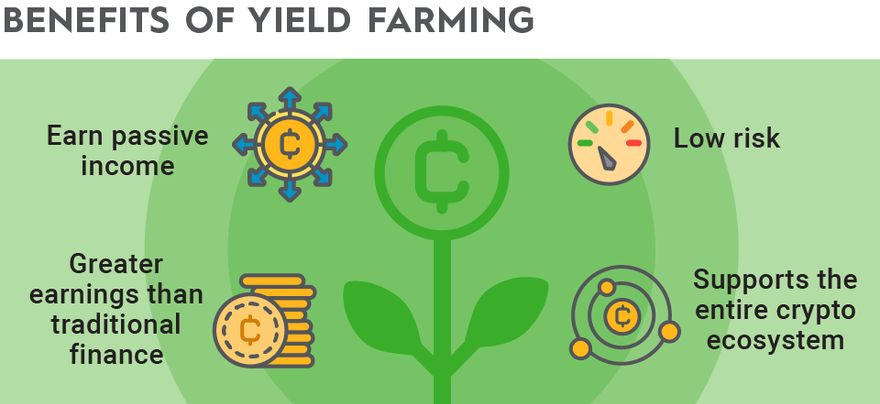
Risks? Oh Yeah, There Are Risks
Let’s not pretend this is a magic money machine. There are definitely risks and you should know them before diving in headfirst.
Impermanent Loss
This one messes with a lot of beginners. If the value of one token in your pool changes too much compared to the other, you could end up with fewer actual tokens when you withdraw than you started with. Even if the dollar value hasn’t changed much. Weird, right?
It’s called impermanent because if the prices go back to where they started, the loss goes away. But that doesn’t always happen. So yeah. It’s a thing.
Smart Contract Bugs
DeFi protocols are just code. If that code has a bug, things can go sideways fast. Funds have been drained from smart contracts before, and yes, even the big names aren’t 100% bulletproof.
Audits help, but they’re not a guarantee. It’s kind of like seatbelts in a race car. Helpful, but not foolproof.
Rug Pulls and Scams
Some new farms pop up offering crazy returns like 10,000% APR, which sounds awesome… until you realize it’s bait. Some projects are straight-up scams. The developers create a token, pump the rewards, then vanish with the funds. Classic rug pull.
So if something seems too good to be true? Yeah, it probably is.
Getting Started: The Easy Way
If you’re still reading, you might be curious to try it out. Good news: you don’t have to go full degen right away.
Here’s a simple starter path:
- Pick a reliable platform: Uniswap, Aave, Curve, Compound. Go with the big names at first. Avoid the sketchy forks with anime mascots and 20-letter acronyms.
- Choose a stable pair: Something like USDC/DAI or ETH/USDC tends to be safer and lower risk.
- Start small: Like, really small. Test the waters. Get comfortable with the process before going all in.
- Track your rewards: Use tools like Zapper, DeFiLlama, or even a spreadsheet (if you’re old school). Watching your yield grow – even slowly – is kinda satisfying.
- Stay updated: DeFi changes fast. Join Discords, follow updates on X (Twitter), read blogs. Stuff you learn this month might be outdated next month.
In a Nutshell
Yield farming isn’t magic. But it can be a powerful tool if you understand what you’re doing. And yeah, it takes some patience. The first time you mess with LP tokens and staking contracts, it might feel like trying to assemble IKEA furniture with no manual. But once it clicks? It clicks.
Start simple. Stay skeptical. Don’t chase every shiny new farm that promises to 100x your tokens by next Tuesday.
And one more thing: don’t be afraid to ask dumb questions. Seriously. We’ve all been there. Crypto is still the Wild West in a lot of ways, and nobody really knows everything – not even the loudest folks on Twitter.
So… ready to farm some yield?


 English
English 